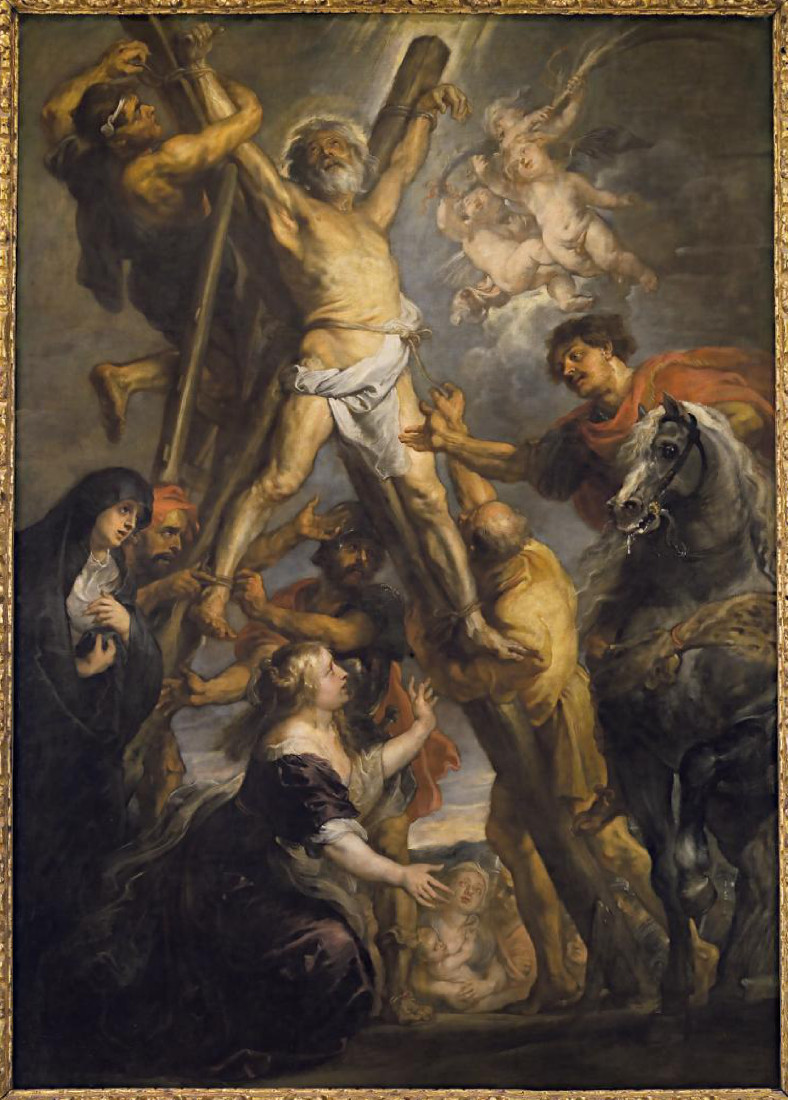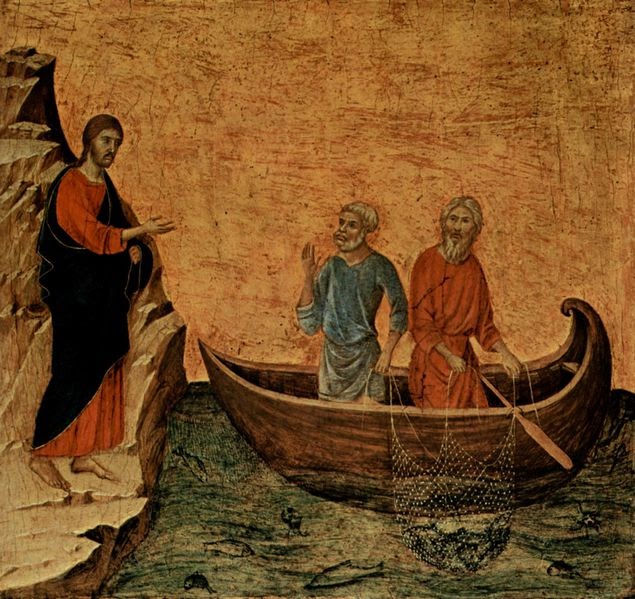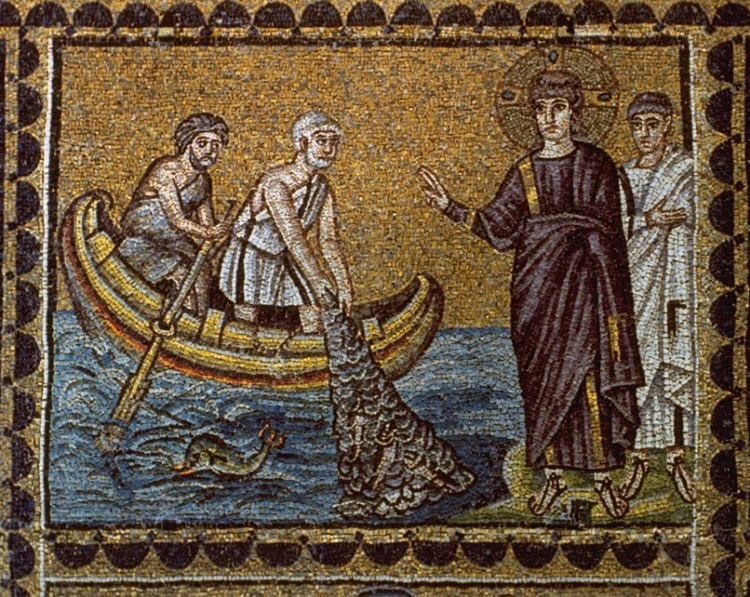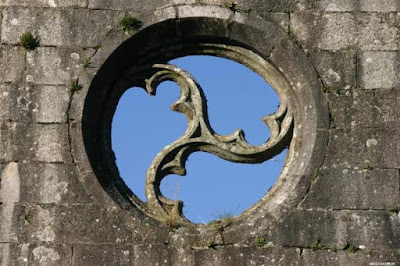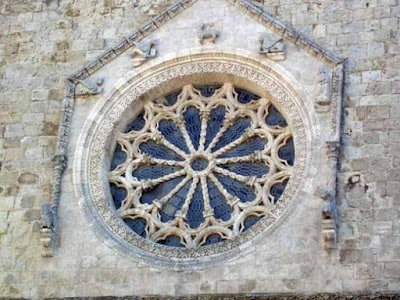Simple and Practical Ways to Promote and Preserve Spiritual Joy, Inspired by St Paul
There is a series of wonderful meditations on the Claritas blog at the moment by priests from the Argentian order, the Institute of the Incarnate Word. I wanted to highlight this, and also share with you here third in the series of meditations for this third week of Advent, based upon the readings from last Sunday. It is by Father Nicholas Grace who is in Cowdenbeath in Scotland. It is so refreshing to hear a priest actually confirming something that I have long believed, that happiness is a choice we can make, provided know how to make the choice. This is simple but profound advice!
He writes:
We have a wonderful topic this 3rd Sunday of Advent because the readings the Church presents give us the opportunity to speak about that most desirable Catholic disposition of soul, that is, Spiritual joy.
The readings offer plenty of material for speaking about spiritual joy. The spiritual joy of the glad tidings that Isaiah was asked to bring to the poor or the spiritual Joy expressed in the Psalm we heard. The Psalm which was an echo of Our Lady’s Magnificat, an expression of spiritual Joy in its purest form.
However, we will focus instead on the 2nd reading from the letter of St. Paul where we are encouraged to rejoice always, to rejoice in God.
I would like to focus on three of the means Paul offers to cultivate and maintain spiritual joy. I will mention three ways to pray without ceasing, and three ways to avoid quenching the spirit. Finally, both of these means will be summarized in Paul’s admonition to retain what is good and refrain from what is evil.
First: Paul urges, pray constantly. How is this possible? It is possible in three ways.
1st: He constantly prays who does not neglect the appointed time for prayer. This begs the question, do I have an appointed time for prayer? If not, why not?
2nd: Always cultivate good desires in the heart. “Lord, you hear the desire of the meek”. We pray for the good, we desire the good and we do the good. Prayer is always present in the good things we do. For this reason, the wise man says, “He does not cease praying who does not cease doing good.”
Therefore, to constantly cultivate good desires in the heart, is to constantly cultivate prayer.
3rd way to pray without ceasing is by giving to those in need.
In fact, the Fathers of the Church tell us: “He who always gives alms is the one who always prays, for the person who receives alms, prays for the person who gives alms.” So, he constantly prays who does not neglect the appointed time for prayer, who cultivates a pure heart and who gives to those in need.
Second: Paul urges: do not quench the Spirit. You might ask, how does one quench the unquenchable? The Holy Spirit is indestructible but someone can drive the Spirit away from himself or can inhibit the Spirit’s operation in somebody else.
In somebody else? When somebody wishes to do something generous as a result of the impulse of the Holy Spirit and the person impedes it, he quenches the Holy Spirit. What about in himself? We all know the answer, mortal sin. Every man is tempted, drawn away and enticed. Once enticed, sin is brought to the soul, and sin brings death and death is the departure of the Holy Spirit.
The Holy Spirit abides in us but when we commit grave and deliberate sin, he departs. Sacred Scripture says as much, “For a holy and disciplined spirit will flee from deceit, and will rise and depart from foolish thoughts, and will be ashamed at the approach of unrighteousness.” (Wis. 1:5).
Third: Paul urges us to test everything, I ask you, is this admonition not a great help to having a positive approach to what we have already said?
If we pray constantly will we fail to retain the good? If we implore the Holy Spirit to work in us, if we obey the commandments if we love our neighbor as we love our-self, will we not then refrain from evil? Will our spiritual joy not be bubbling up from inside of us?
The answer is yes, however, the more we pursue the good and fight the bad, not only will our spiritual joy be increased but so will our spiritual crosses. Crosses which we can spurn, leave or lift.
Clearly one shall be disloyal if he spurns it, negligent if he leaves it, but true-hearted if he lifts his cross. Cross-bearing is the highway of holiness because holiness bears all crosses, crosses picked up in the pursuit of the good as well as the battle against the bad, crosses which instead of being born, become embraced, embraced because those same crosses are a fount of that wonderful spiritual joy which is not the cause of holiness but a manifestation of it.
I would like to conclude by wondering out loud what would happen if St. Paul were here. Would we be nervous if he were to ask us if we knew the means to promote and preserve spiritual joy? Certainly not! Would we be nervous if he asked us what it means to pray constantly? Certainly not! for we have just heard that he who prays constantly is he who prays when he says he will, prays because he has good desires and a good heart, prays because he always gives to those with needs, those who in turn pray for him in thanks for his good deeds. Would we be nervous if Paul were to ask us what it means to quench the Holy Spirit? Certainly not! for we have just heard that, he stifles the spirit whoever prevents others from following holy inspirations, or himself follows his own wicked inclinations.
Well, we may have wicked inclinations but we will do everything to curb them, everything to retain what is good and refrain from what is evil. For we are Catholics, specially chosen by God, to give glory to God. We will be strong in faith, perseverant in hope, industrious in charity, joyful in carrying our crosses and quick to help others with theirs, for we know, that just as God has blessed us, so we must bless all persons, for all persons God loves.
The image is a fresco of St Paul by Giotto

St Paul is often protrayed as a stern man, but the account of his life and his letters have always suggested the opposite to me. There are many references to the joy of the Faith in his writing. Happiness is, after all, what we all seek, and there is no doubting from St Paul that it is on offer to Christian. I like the firm, yet gentle and peaceful expression on this painting by Giotto.












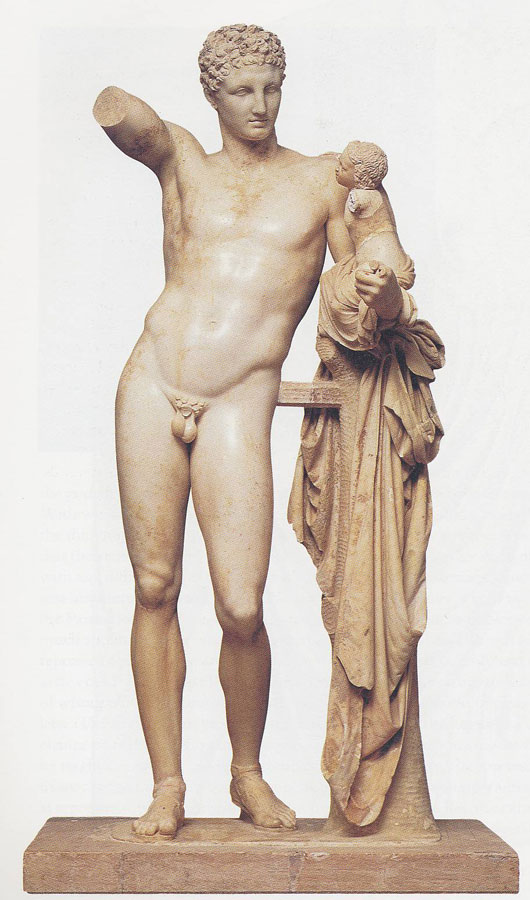
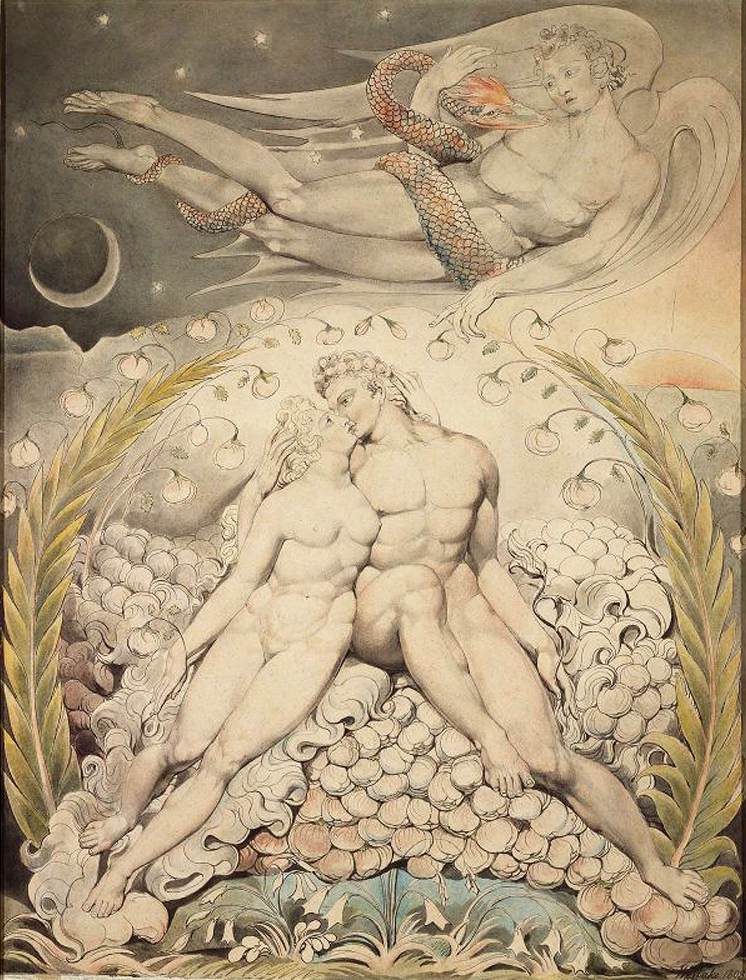

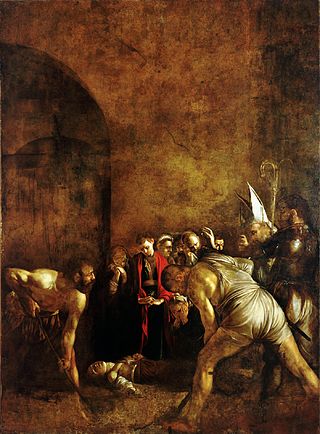
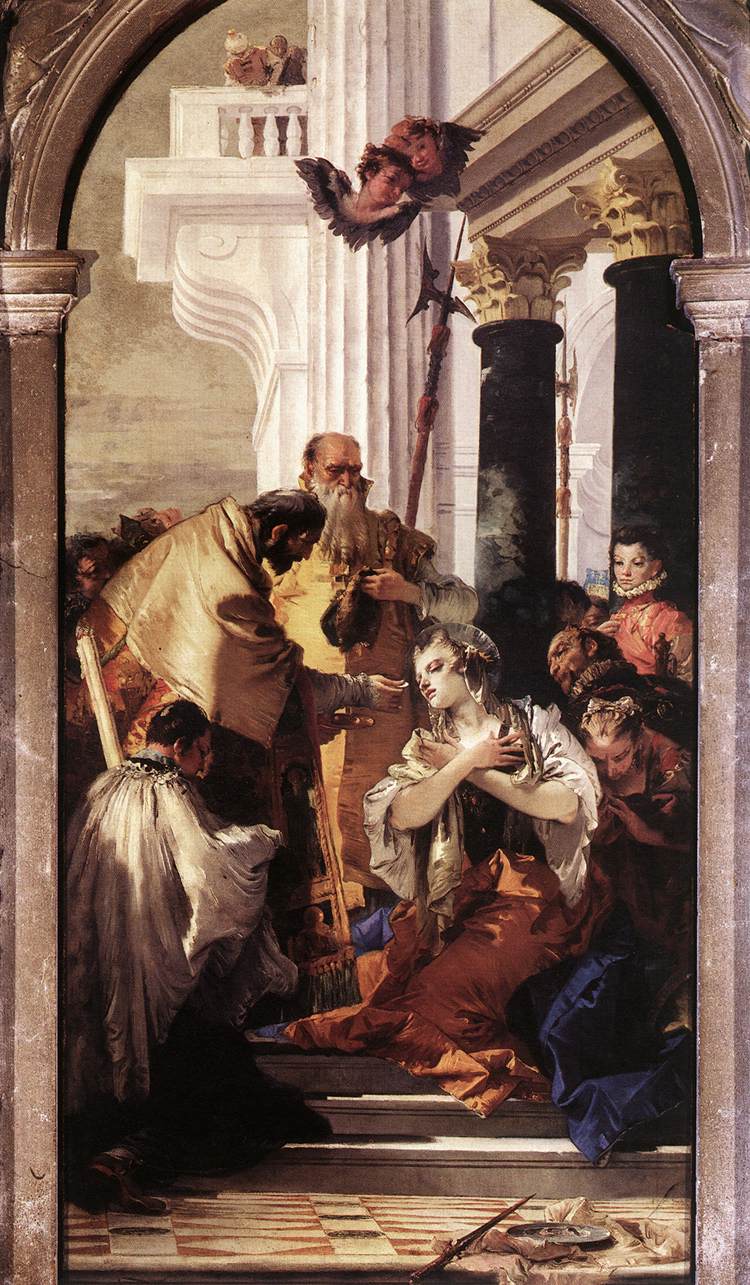 Other attributes we will see are a palm branch - which is appropriate to all martyrs - as seen in this famous Renaissance period painting by Francesco de la Cossa
Other attributes we will see are a palm branch - which is appropriate to all martyrs - as seen in this famous Renaissance period painting by Francesco de la Cossa  And, people struggling to move her. The consul Paschasius ordered that she be removed to a brothel and abused until she died. However, teams of men tried but failed to move her. We see this in the painting below in this 15th-century depiction. Teams of oxen are being used.
And, people struggling to move her. The consul Paschasius ordered that she be removed to a brothel and abused until she died. However, teams of men tried but failed to move her. We see this in the painting below in this 15th-century depiction. Teams of oxen are being used. 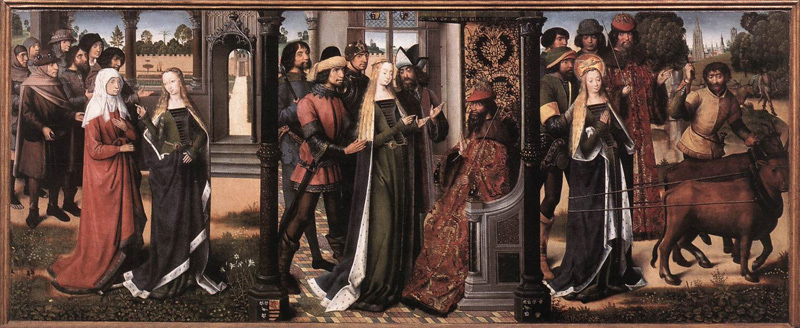 A tradition iconographic image has the saint holding a cross as a sign of martyrdom as in the beautiful fresco:
A tradition iconographic image has the saint holding a cross as a sign of martyrdom as in the beautiful fresco: 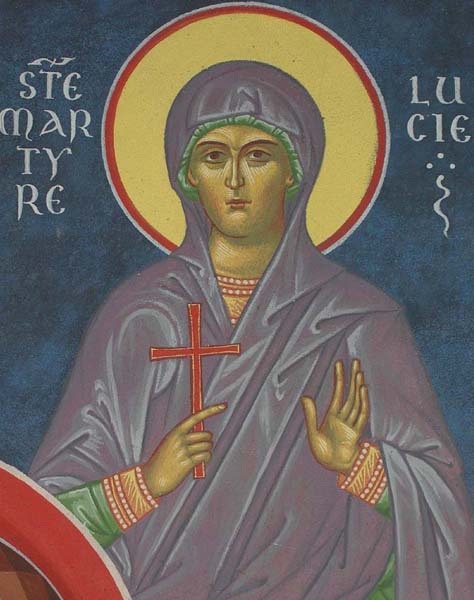 I finish with Caravaggio and his burial of St Lucy. This is a late painting done when he was in exile, so to speak, from Rome and living in Sicily, the home of St Lucy. It is an altarpiece and in my opinion, one of the most brilliant paintings he has done. I do not know if the stylistic development is by accident or design, but regardless I like the result. Notice how much more this reflects the developing baroque style than his early work. It is shrouded in more mystery, with disappearing edges, far more numinous monochrome rendering and less colouration than he might have painted in his youth. The composition is brilliant, with the arcs of the arcs of the limbs of the two figures in the foreground creating a mandorla, which frames the figure of St Lucy.
I finish with Caravaggio and his burial of St Lucy. This is a late painting done when he was in exile, so to speak, from Rome and living in Sicily, the home of St Lucy. It is an altarpiece and in my opinion, one of the most brilliant paintings he has done. I do not know if the stylistic development is by accident or design, but regardless I like the result. Notice how much more this reflects the developing baroque style than his early work. It is shrouded in more mystery, with disappearing edges, far more numinous monochrome rendering and less colouration than he might have painted in his youth. The composition is brilliant, with the arcs of the arcs of the limbs of the two figures in the foreground creating a mandorla, which frames the figure of St Lucy. 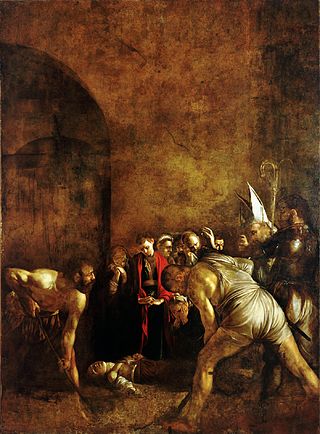 This is one of a series of articles written to highlight the
This is one of a series of articles written to highlight the 









